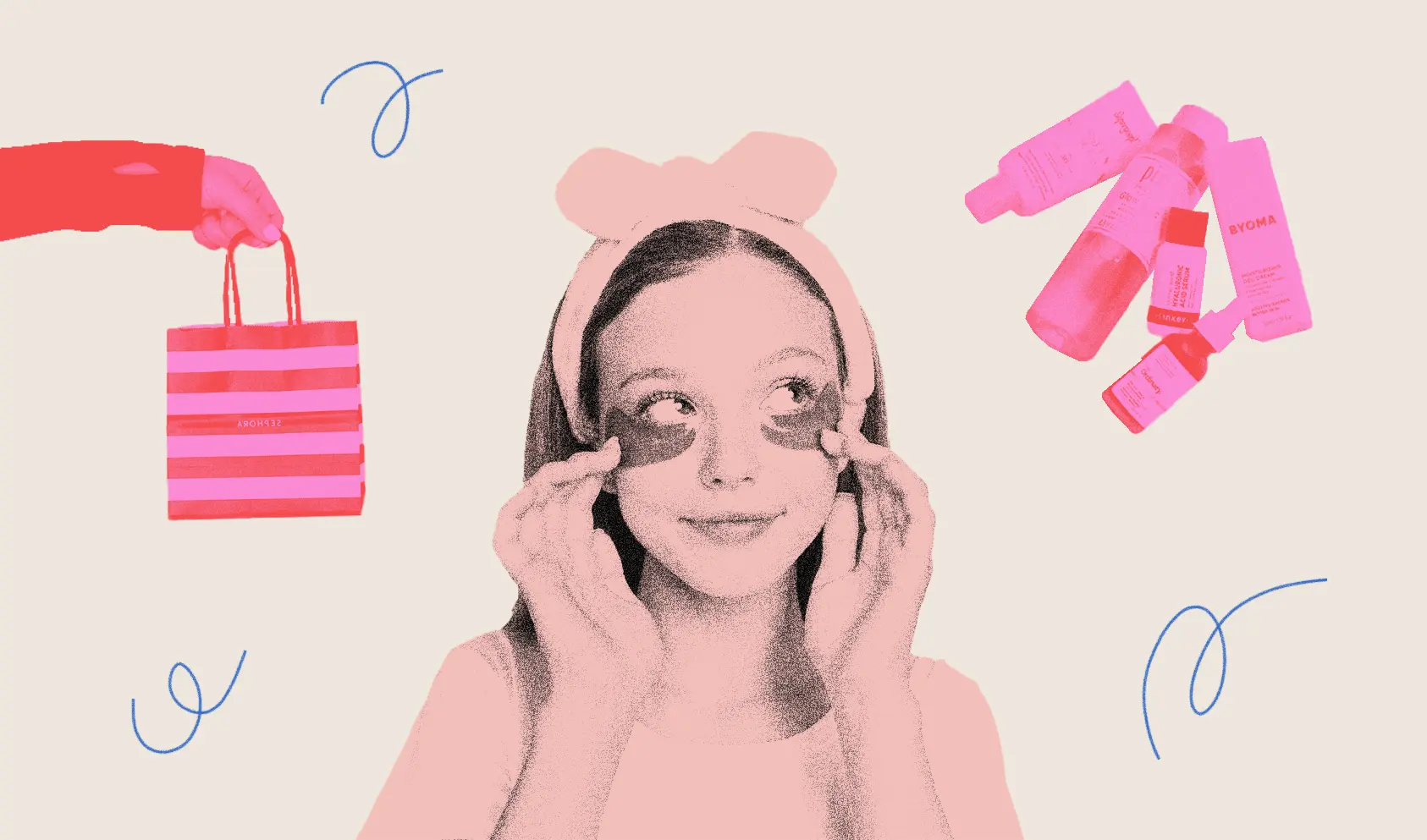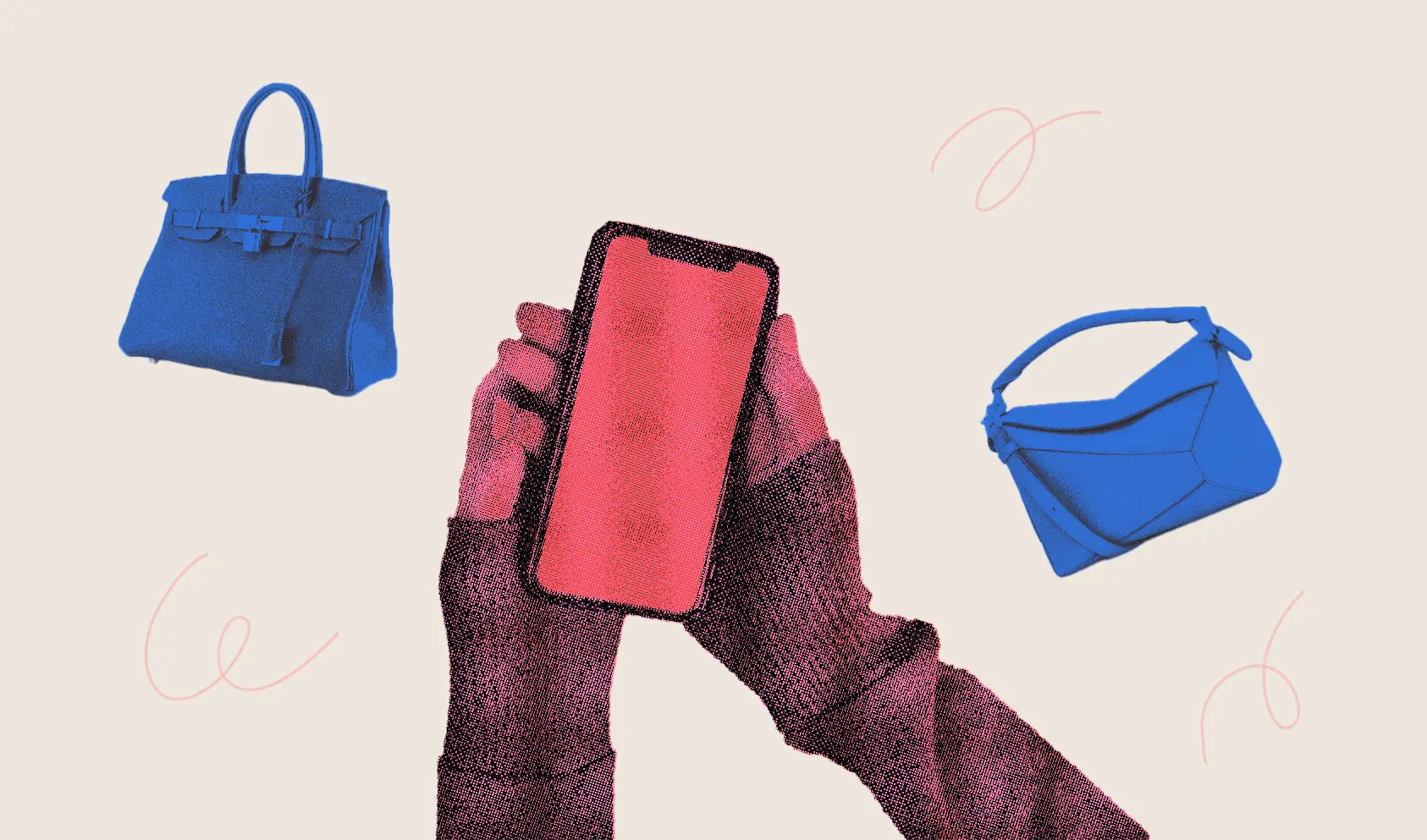


Gen Alpha’s demand for accessibility, social media trends, and overconsumption pushes brands to reconsider luxury’s exclusivity. What now?
Generation Alpha, born between 2010 and 2024, has taken social media platforms by storm by following shopping advice from influencers with remarkable enthusiasm. For instance, at Sephora, children as young as eight are indulging in high-end beauty products, largely driven by influencer culture.
With three generations—Millennials, Gen Z, and Gen Alpha (who are often the children of Millennials)—all engaging on the same social platforms and consuming similar content, Gen Alpha shows little interest in tween brands. Instead, they are well-versed in designer and beauty labels that could easily feature on a young adult’s wish list. Thanks to parents who are familiar with these luxury brands and provide financial support for their purchases, Gen Alpha is increasingly shopping for high-end products.
Gen Alpha’s consumption patterns also indicate a sea change in how luxury is perceived. Luxury, which was once synonymous with exclusivity, is now facing challenges. Brands risk distorting traditional high-end values if they implement strategies aimed at accommodating this new generation’s tendencies toward overconsumption, accessibility and social media-driven trends.
Can Luxury Stay Exclusive in the Age of Gen Alpha?
Luxury stands the test of time as a symbol of status, customisation and exclusivity. Charles Frederick Worth, the “father of couture,” pioneered the concept in the 19th century. Over the years, luxury brands have centred their stories on their heritage by catering to a high-profile, elite clientele.
However, with the emergence of Gen Alpha’s consumption patterns, there is a growing expectation for luxury to pivot towards affordability and contemporary trends. This generation is increasingly interested in gadget products, high-end makeup and designer fashion.

Generation Alpha is increasingly interested in high-end makeup and designer fashion. Graphics by Alumna and visual Designer Constanza Coscia
Prestigious brands that cater to this demographic now face a dilemma: should they preserve exclusivity or adapt to the new model?
Impulsive Spending and Unrealistic Expectations: The Reality of Today’s Hyper-Connected Childhoods
Generation Alpha is the first generation to experience an education fully immersed in technology. Often, parents compensate for the limited time they have with their children by allowing them extensive use of connected devices.
Social media trends play a powerful role in shaping the desires of Gen Alpha. Gaming platforms like Roblox, described by The Guardian as a colourful, constantly evolving world of online games, are leveraged by brands such as Gucci, Burberry, and Balenciaga for promotional activities aimed at appealing to these young consumers. As a result, these children often feel “seen” or “identifiable” only when they “experience luxury.”

Social media trends play a powerful role in shaping the luxury desires of Gen Alpha. Graphics by Constanza Coscia
Generation Alpha’s instant access to the internet fosters impulsive shopping behaviours, heightened by young influencers who set unrealistic expectations of luxury. This environment can distort their understanding of financial responsibility and purchasing habits from an early age.
Why Is Luxury Under Threat from Generation Alpha’s Desire for Accessibility and Overconsumption?
As Jean-Louis Dumas, the former chairman of Hermès (1978–2006), once said, “Luxury is when emotions prevail over reason”. Today, however, the concept of luxury faces an increasing threat due to the fast pace of trends and strategies aimed at catering to younger generations. Their tendency towards overconsumption and a desire for accessibility often overshadow the pursuit of evoking emotions through luxury.
Brands like Louis Vuitton are attempting to appeal to an increasingly diverse consumer base of all ages, including younger generations, by expanding their product offerings. However, this approach has diluted the perception of luxury as something rare. The constant stream of drops and collections released at a relentless pace poses risks such as unsold inventory, financial losses, and a decline in quality.
Today, however, the concept of luxury faces an increasing threat due to the fast pace of trends and strategies aimed at catering to younger generations. Their tendency towards overconsumption and a desire for accessibility often overshadow the pursuit of evoking emotions through luxury.
In trying to balance accessibility, trend-driven releases and overproduction with the concept of exclusivity, luxury houses may alienate their traditional, loyal customers—particularly their top spenders, known as Very Important Clients.
Is there a solution to this luxury dilemma today that combines innovation and timelessness while maintaining creativity and the allure of high-end products? Can it satisfy both current and future customers?
The Right Formula for Luxury Success in the Age of Gen Alpha: Balancing Tradition and Innovation
To remain relevant, luxury brands must find a balance between tradition and innovation. They need to stay true to their status in the luxury hierarchy while preserving or, in some cases, returning to the identity that originally made them prestigious.

For brands targeting Gen Alpha, success hinges on striking the right balance between tradition and innovation. Graphics by Constanza Coscia
There are several winning strategies on the table. Take Hermès, for example, which has always positioned itself in the realm of discretion. Only those who demonstrate loyalty to the brand through a commitment to its leather goods are considered “worthy” of purchasing a Birkin or a Kelly, which are items associated with superior status and quality. In this case, the strategy has proven successful, as the French fashion house once again defied the wider luxury industry’s crisis, posting double-digit revenue growth even in the third quarter of 2024.
Another great example is the enduring success of the Loewe Puzzle Bag. Designed by Jonathan Anderson, the creative director of the LVMH-owned brand, it demonstrates how even established heritage brands can innovate without compromising their authenticity. By incorporating his signature creative vision, Anderson has helped Loewe reconnect with its roots while also introducing a fresh, modern appeal.
Emily Kumala Putri
BA student in Fashion Design, Paris



